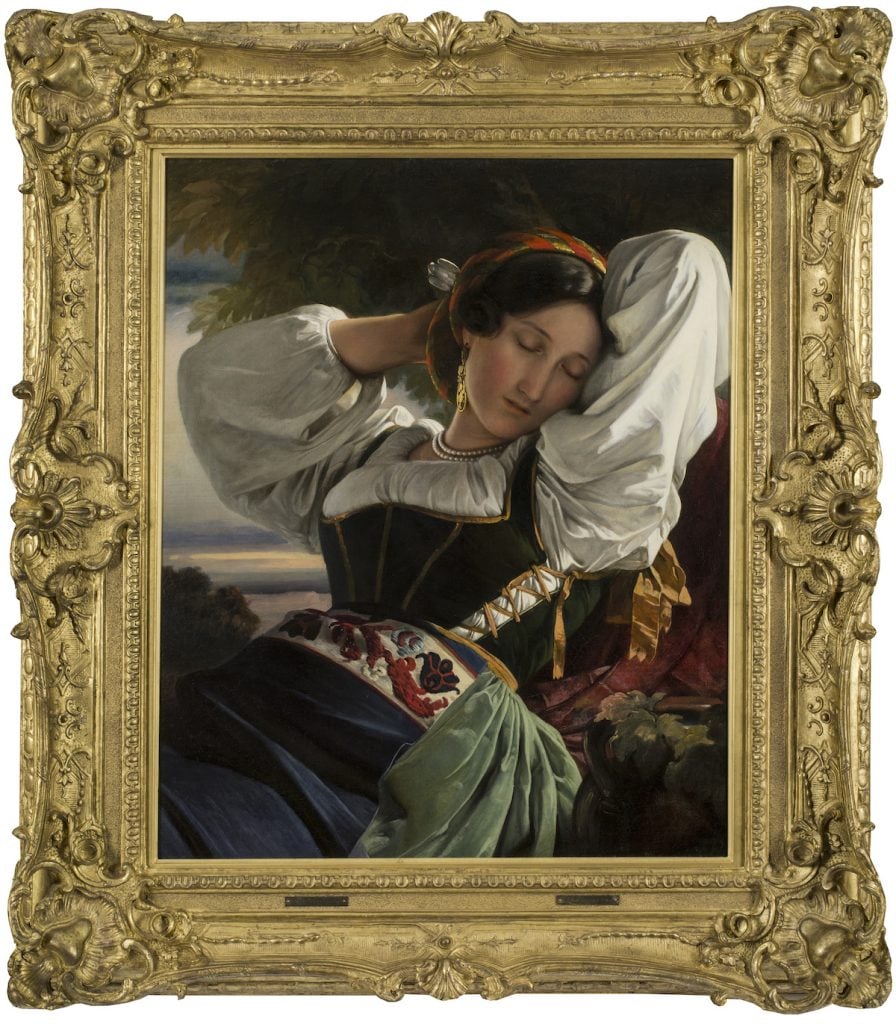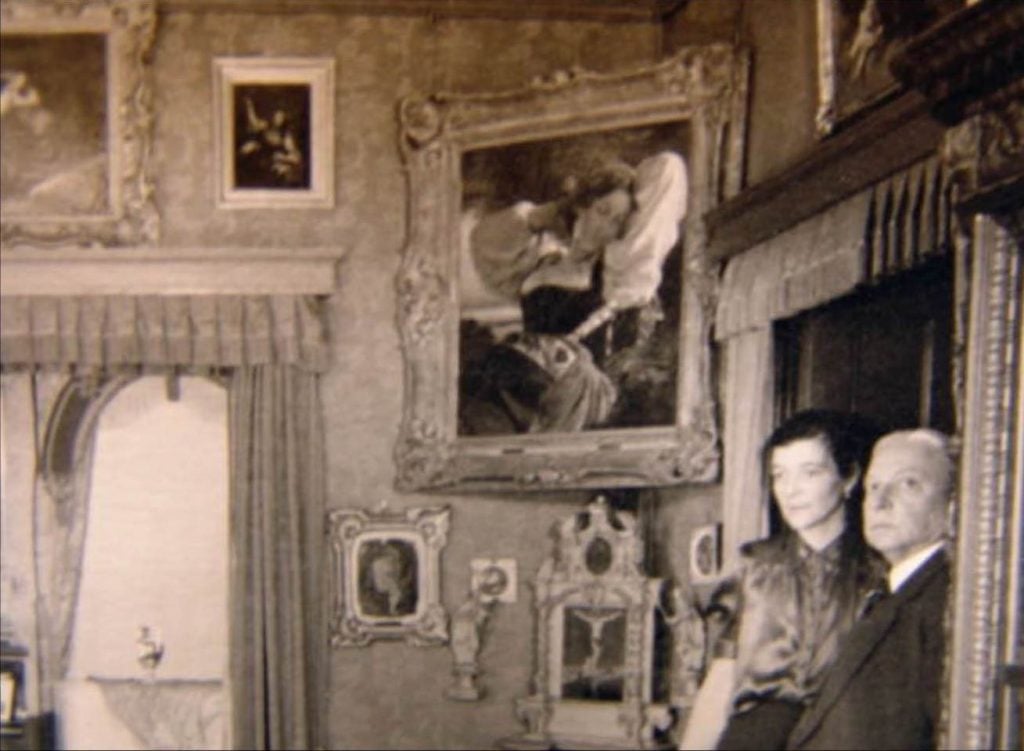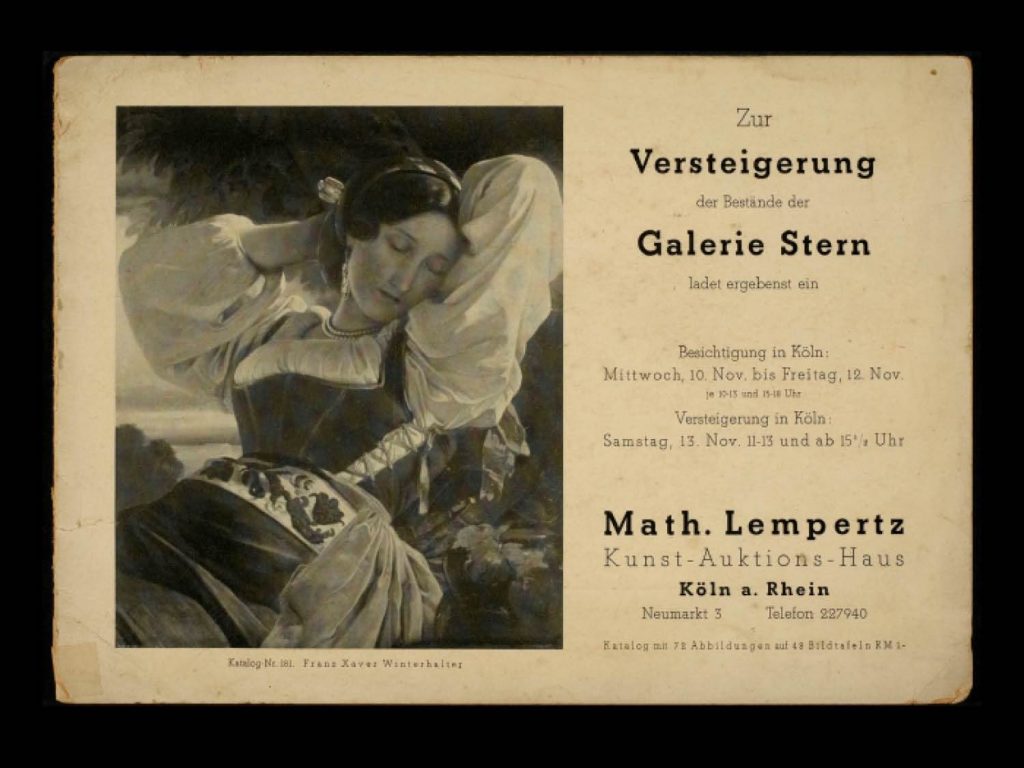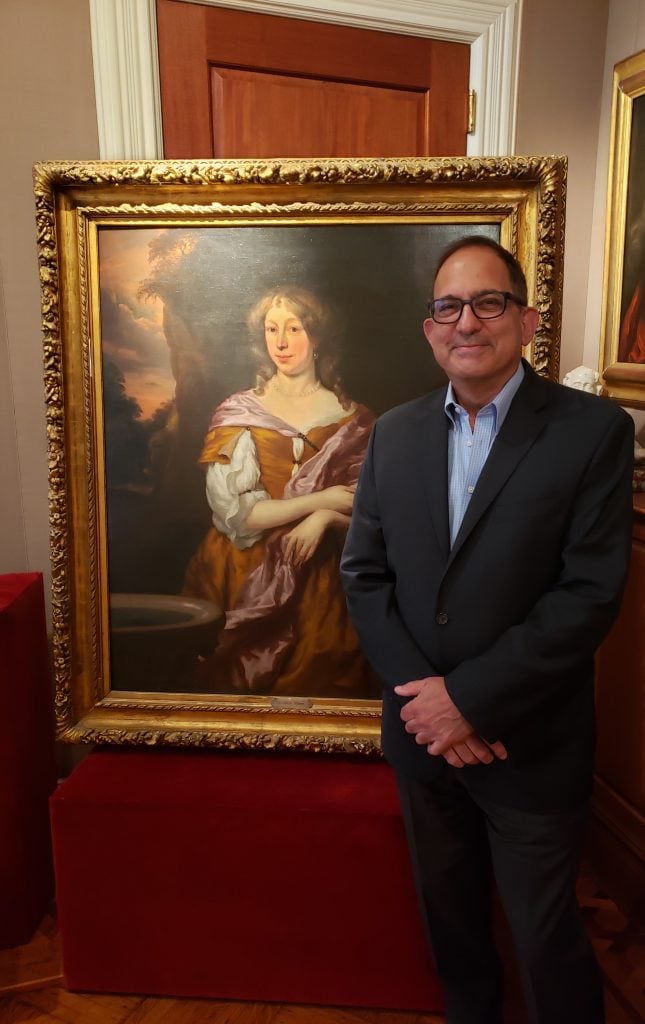The Heirs of a Famed German-Jewish Art Dealer Are Selling This Restituted Painting to Fund the Search for Others


Artnet Gallery Network

Franz Xaver Winterhalter’s painting Girl from the Sabine Hills is an idyllic image of a young woman reclining against the trunk of a tree—but the dreamy painting has a fraught history of Nazi seizure and restitution so eventful it could fill novels. And now, the painting is entering its next chapter.
In the mid-1800s, Winterhalter was a sought-after painting of elegant ladies in resplendent or bucolic scenes and this painting, from the artist’s Italian period in the 1830s, was widely considered among his most accomplished. By the 20th century, the painting had come into the possession of German-Jewish art dealer Max Stern.

Max Stern in 1925.
Stern was among the most successful gallerists in Europe in the Weimar era, with galleries in both Düsseldorf and London and ambitions to open a space in New York. By the mid-1930s, and with Nazism on the rise, however, Stern was feverishly trying to save his gallery from take-over, even attempting to place the gallery under the ownership of the Dutch art historian Nathan Katz.
His efforts were to no avail and, in 1937, and with only two weeks notice, Stern was forced to auction his gallery’s entire inventory, including his prized Winterhalter, at a government-mandated sale. The Winterhalter vanished from his life and in December of that year Stern fled Germany, first to London, then to the Isle of Man, and eventually to Canada, where he would rebuild his life.
By the time he died, in 1987, he had become an influential member of the Canadian arts community.

Winterhalter’s Girl from the Sabine Hills in the home of Karl Wilharm in Hofgeismar, Germany.
Then, in the early 2000s, the painting was discovered at a small auction in Rhode Island by three dealers who were unaware of its history. One of the dealers, Robert Simon, explained that he, along with his friends and colleagues Joan Nissman and Mort Abromson, had hoped to buy the painting together simply as Winterhalter enthusiasts.
Following through on a plan to acquire the work, Simon explained, Nissman and Abromson had driven to see it first-hand and sent Simon images, including those of the labels on verso. With those photos in hand, Simon set off for the Frick Art Reference Library, where his research would lead him to directly to a catalogue of the Nazi-ordered auction in 1937.

Advertisement for the forced sale of the Galerie Stern at Lempertz in 1937.
The revelation hit Simon immediately. “Our hope of buying an important painting in an out-of-the-way auction soon vanished as we understood the significance of its past history,” said Simon. “We then knew we had to act quickly in order to halt the sale, scheduled to take place the next day. I contacted the Art Loss Register and sent them the details of my research, and they were able to contact Max Stern’s heirs who interceded with the local authorities to stop the painting’s sale.”
After a prolonged legal battle, the Girl from the Sabine Hills was awarded to the Max Stern Foundation, the beneficiaries of Stern’s estate. Now, the foundation is parting with the painting, and selling it through Robert Simon Fine Art to fund its mission to recover works taken from Stern and to support related research and educational programs.

“The painting tells several stories,” summed up Simon. “One about a crucial early work that brought fame and attention to the artist who would become the most celebrated painter of royalty and aristocracy in his time. Another about the lure of Italy to painters for their education and artistic growth. (And that appeal continues to today.) Also, the painting is an emblem of the horrors of the fascist regime in Germany and, as a survivor, a testament to overcoming that. But, finally, it is simply a beautiful and evocative image of universal appeal.”
A full entry on Girl from the Sabine Hills can be found here in a new catalogue by Robert Simon Fine Art along with three short videos about the painting produced by the gallery.